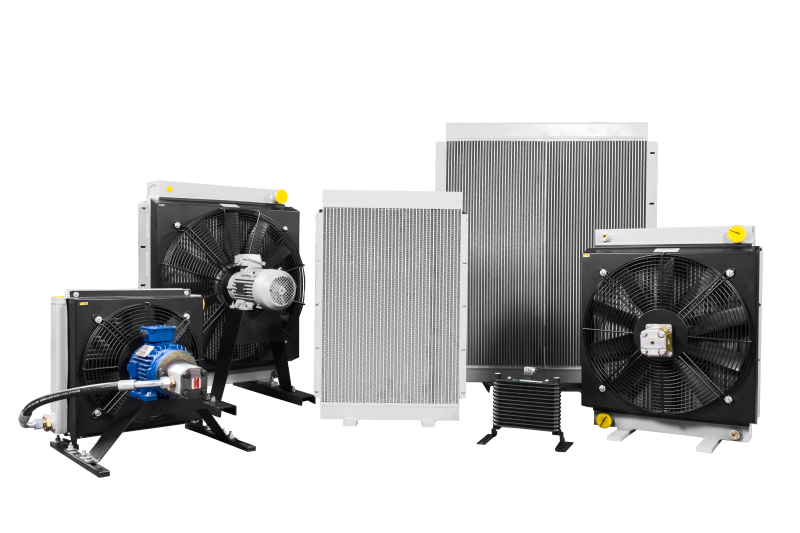In the intricate world of industrial machinery, the efficiency of power transmission is paramount. Fluid couplings, vital components in many industrial applications, transfer power between shafts using hydraulic fluid. However, the heat generated during operation can be a potential challenge. This is where air oil coolers step in, playing a crucial role in maintaining optimal temperatures and ensuring the smooth functioning of fluid couplings.
Understanding Fluid Couplings:
Before delving into the significance of air oil coolers, it's essential to comprehend the role of fluid couplings. These devices facilitate power transmission by employing hydraulic fluid to connect rotating shafts. While they excel in their purpose, the continuous circulation of hydraulic fluid can lead to heat buildup, potentially compromising efficiency and longevity.
The Need for Cooling:
Heat is an inevitable byproduct of mechanical processes, and fluid couplings are no exception. Excessive heat can degrade the performance of hydraulic fluids and, consequently, the fluid coupling itself. This is where effective cooling mechanisms become imperative, and air oil coolers emerge as a reliable solution.
Key Functions of Air Oil Coolers:
- Heat Dissipation: Air oil coolers facilitate the transfer of heat from the hydraulic fluid to the surrounding air. This prevents the fluid from reaching undesirable temperatures, ensuring optimal performance.
- Maintaining Operating Temperatures: By preventing overheating, air oil coolers contribute to the longevity of fluid couplings and reduce the risk of damage or malfunction.
- Efficiency Enhancement: Proper cooling enhances the overall efficiency of industrial processes, as fluid couplings can operate consistently at their designed capacity without succumbing to heat-related issues.
Design and Construction:
Air oil coolers typically consist of a heat exchanger and fans. The heat exchanger allows for the transfer of heat from the hydraulic oil to the air, while fans promote airflow, expediting the cooling process. The design and sizing of these coolers are crucial, ensuring they match the specific requirements of the fluid coupling in use.
Installation and Maintenance:
Proper installation of air oil coolers involves positioning them strategically near the fluid coupling. Additionally, regular maintenance checks are essential to identify and address any potential issues promptly. Filtration systems are often incorporated to maintain the cleanliness of the hydraulic oil, preventing contaminants from compromising cooling efficiency.
Conclusion:
In the intricate dance of industrial machinery, where power transmission is a delicate choreography, air oil coolers emerge as unsung heroes. These cooling systems ensure that fluid couplings operate seamlessly, maintaining efficiency and prolonging the life of critical components. As industries continue to evolve, the role of air oil coolers in enhancing performance and reliability becomes increasingly indispensable.

